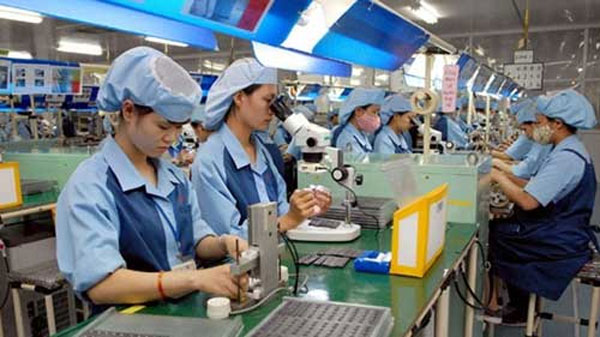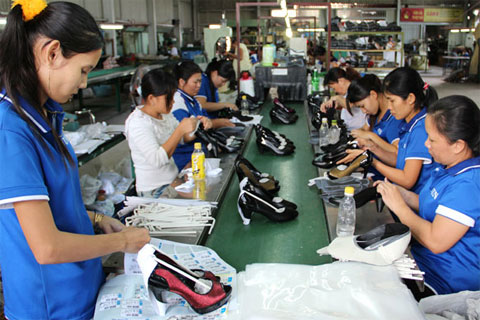Vietnam’s productivity puzzle: Should we worry?
Vietnam’s productivity puzzle: Should we worry?
The experts at the National Economics University have a message for Vietnam — speed up economic reforms aimed at improving labour productivity, or get left in the dust.

In a new research report they said at the present slow pace of growth in productivity, Vietnam will need 12 years to catch up with Indonesia and at least 20 years to get on par with Thailand.
Declining productivity
In short, the report concluded the goods produced by one hour of labour in other ASEAN members are two to three times higher than Vietnam and remedial actions should be undertaken promptly.
Though Vietnam has been integrating into the globe comprehensively its GDP growth has almost totally been driven by foreign direct investment (FDI). If labour productivity is not improved that growth will be stymied in the not so distant future.
According to the report, labour productivity headway in Vietnam from 1991 through 2012 was primarily driven by an expanding labour pool and a structural shift away from agriculture into manufacturing.
Specifically, for the periods 1991-1997, 1997-2008 and 2008-2012 labour productivity increased by 0.06%, 0.05% and 0.04%, respectively.
However, in substance, those increases were relatively paltry and since 2012 these two drivers have faded and overall efficiency has actually declined.
Agricultural, which currently accounts for roughly 20% of the nation’s GDP and 50% of the nation’s jobs, continues to be the biggest impediment to enhancing the nation’s overall labour productivity.
For comparison purposes, the report cited a 2014 survey of the Asian Productivity Organization that showed a Singaporean worker created US$49.5 of added value, while a Vietnamese worker just US$3.4.
Enormous puzzle
Tackling labour productivity is an enormous challenge said Prof Dr Tran Tho Dat, rector of the National Economics University, because there is only a limited connection between wages and productivity at the industry level.
More specifically, Dat said boosting productivity in agriculture in and of itself would not translate into long term wage growth in agriculture. Temporary productivity gains might be accompanied by short-term growth, but over the long–term wages would return to their initial level.
This results because as productivity gains drive up wages in one industry or occupation, (such as agriculture in this hypothetical) workers will be drawn from other industries and occupations, thereby acting as a counterbalance keeping wages in check and sometimes lower.
When output increases in any one specific industry (such as agriculture), everything else being constant, the industry may in reality have to lower prices in order to sell the increased production.
Worldwide, this has factually often occurred in agriculture, where farm wages are under constant downward pressure even though productivity gains have been greater than in other industries.
When output increases in the nation as a whole, however, the results are different. In other words, if workers within all (or many) industries become more productive all workers will have higher incomes, Dat stressed.
Workers can then use those higher incomes to purchase more domestic goods and services, which in turn drive the gross national product (GNP) upwards. In a sense, the increased output ‘creates’ increased demand to purchase that output, keeping prices and salaries higher.
In addition, there is a second way in which average labour productivity can increase and that is by switching workers from a low-productivity industry to a high-productivity industry, such as switching workers from agriculture to manufacturing or information technology (IT).
One sobering reality in solving this puzzle is that with the ASEAN Economic Community (AEC) within sight— foreign workers will be freer to move into Vietnam to compete for the better paying jobs.
If Vietnamese workers don’t improve their skills, the AEC may spell trouble for the nation’s labour forces.





















